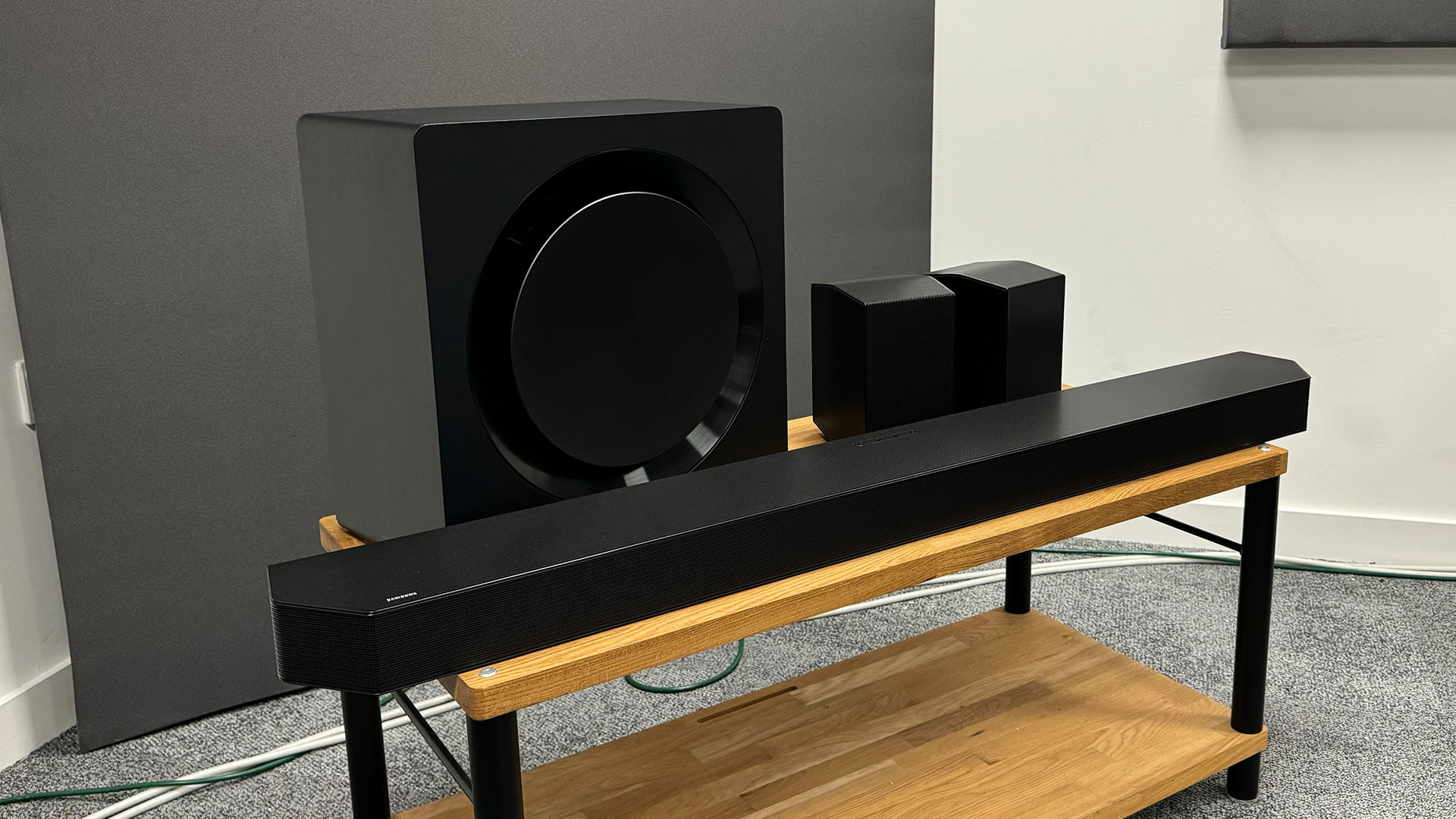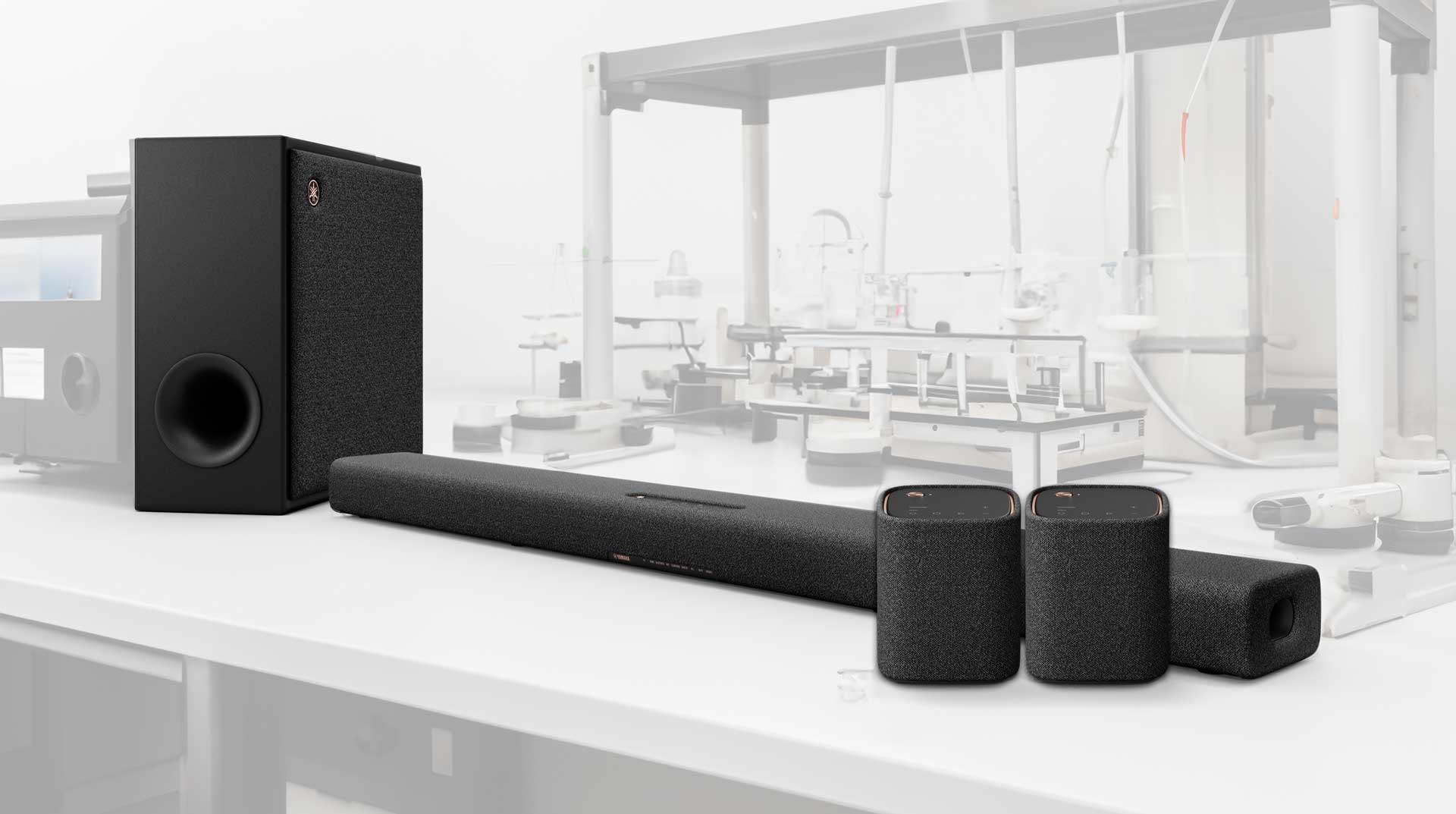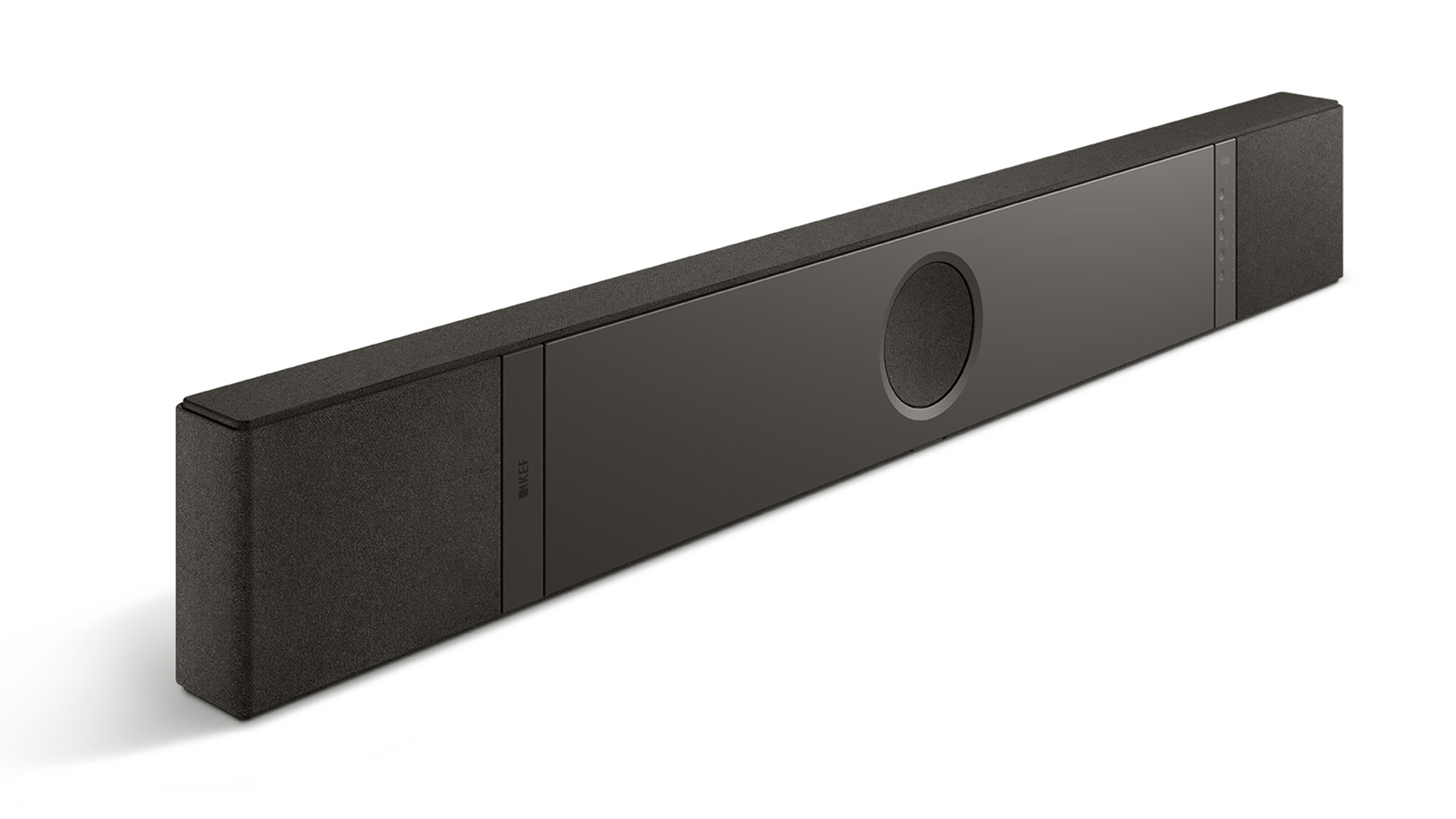Are Dolby Atmos soundbar systems killing affordable home cinema speaker packages?
Convenience often trumps performance for most people, but is that a good thing for home cinema fans?

Good audio quality is a key ingredient that can elevate any home cinema experience.
Even a moderately capable cheap soundbar is, more often than not, leagues ahead of a TV's built-in sound system.
Indeed, our senior staff writer, Lewis Empson, wrote an opinion piece mere weeks ago, detailing the difference a near half-decade old, cheap Sony soundbar makes when compared with the Sky Glass Gen 2’s internal speakers.
Advantages vary system to system, of course, but benefits from a more powerful but better-controlled low end, to extra detail and a better sense of directionality are all common pros you will experience when adding a separate soundbar or surround sound package to your home cinema setup.
Recently, though, I have seen a trend that I’m not completely convinced is a good thing for every home cinema fan: the increasing dominance of soundbar systems at around the £1000 / $1000 mark.
The soundbar has been a mass-market product for home cinema setups for around a quarter of a century now, and for good reason. The relatively small units don’t require complex setup, and take up a lot less space than a traditional 5.1 multi-speaker arrangement.
They have also come a long way sonically in recent years. In the past 12 months alone, we have seen plenty of fantastic soundbars pass through our test rooms, including the five-star Sonos Arc Ultra, which sits proudly at the top of our best Dolby Atmos soundbars guide.
The latest hi-fi, home cinema and tech news, reviews, buying advice and deals, direct to your inbox.
A soundbar, though, still can't match a good, equivalently priced multi-speaker package in a few key areas. That's largely due to their smaller frame and single-box nature.
Enter soundbar systems, a halfway house between a standalone soundbar and a full-fat multi-speaker package. These hybrids have begun to creep up the charts, eating further into 5.1, 7.1 and even full Dolby Atmos systems' share of the home cinema pie.
These systems started appearing a few years ago when Samsung, JBL and Yamaha started pushing them. But it is only recently that they have taken big steps towards becoming truly mass-market products.
Last year’s Samsung HW-Q990D is a good example. It was the first Dolby Atmos soundbar system to impress us enough to earn a five-star rating. Its predecessor, the Q990C, and every other product in the category, including the JBL Bar 1300 and Yamaha True X, received four stars at most.
The Q990D offers a meaty centre/left/right channel soundbar that is paired with capable wireless satellite speakers and a decent subwoofer. The combined package offers an impressive 22 drivers, set in an 11.1.4 channel arrangement.
It offers a convenient, wireless design for the satellites and subwoofer and genuinely good audio. Highlights include a large, immersive and three-dimensional sound with room-filling low-end heft. I get why the unit is so popular.
I also understand why retailers including Richer Sounds, Sevenoaks Sound and Vision, Peter Tyson and Amazon constantly feature it front and centre in their store fronts.
Companies clearly understand the appeal as well, with Samsung, JBL and more all launching new soundbar systems this year. These include the Samsung HW-Q990F and JBL Bar 1300MK2, the first of which we are reviewing right now.


Even companies that don’t make “systems” are sneaking in similar functionality. Sonos lets you connect its wireless subwoofers and Era 300 speakers to create a system. Sony does the same, offering various wireless satellites and subs you can pair with its premium soundbars, including the flagship Bravia Theatre Bar 9. Be warned, though: these extras add considerably to the overall cost.
Why are full soundbar packaged a bad thing? In isolation, they're not. I get the appeal, to the point that I am probably going to put one in my lounge. In smaller, or shared, living spaces, the convenience of the form factor makes complete sense – especially now we know they can deliver five-star audio.
No, I’m concerned because of the knock-on effect these setups might have on full multi-speaker systems. While they are undeniably a lot more faff – especially if you opt for Dolby Atmos with down-firing, ceiling-mounted speakers – a good package still comes with some key benefits you simply can’t get with a soundbar equivalent.
The most obvious is the added heft you can get from a full-sized speaker setup with discrete front channels; two floorstanding speakers can move a lot more air than a soundbar, simply because they are far bigger.
Also consider the added flexibility and room for growth that a separates package offers. Soundbar systems come out of the box pretty much ready to go, but they aren’t anywhere near as easy to upgrade.
Unlike with a full AV package, you can’t add extra channels to turn a 5.1 into a 7.1. With some exceptions (from the likes of Sennheiser, Sonos and Nakamichi), most soundbar-based systems support only one subwoofer out of the box. You can't add a second, despite the benefits that brings.
Having two subwoofers can radically improve your low end’s control and system's room dispersion, elevating the setup holistically, giving it better, more even coverage.
If you’re willing to spend some time with a full setup to get it properly dialled in, you can get better bang for your buck this way.
Despite these full-system benefits, though, I am seeing fewer and fewer new packages – high-end market aside – being introduced to take on the new soundbar systems. Jump over to most online stores, and you will still see older packages we reviewed years ago as the main options.
In fact, the slow down is so severe that we are struggling to get new multi-speaker systems in for review. That's never a good sign – we used to be swamped with options, to the point we would have to be very picky about which ones we would review.
This won’t be a problem for most people, of course, for whom the convenience of a wireless soundbar system makes a lot of sense – but for enthusiasts like me, it is a shame.
I can’t help but hope I’m wrong, and that more full-fat packages appear in the near future, targeting the same price point as the increasingly popular soundbar systems.
MORE:
These are the best soundbars we have tested
Our picks of the best AV receivers
We rate the best projectors

Alastair is What Hi-Fi?’s editor in chief. He has well over a decade’s experience as a journalist working in both B2C and B2B press. During this time he’s covered everything from the launch of the first Amazon Echo to government cyber security policy. Prior to joining What Hi-Fi? he served as Trusted Reviews’ editor-in-chief. Outside of tech, he has a Masters from King’s College London in Ethics and the Philosophy of Religion, is an enthusiastic, but untalented, guitar player and runs a webcomic in his spare time.
You must confirm your public display name before commenting
Please logout and then login again, you will then be prompted to enter your display name.
